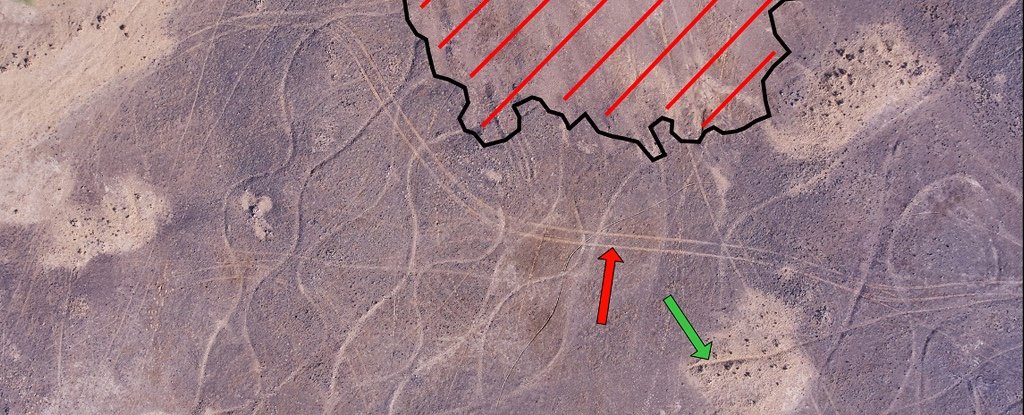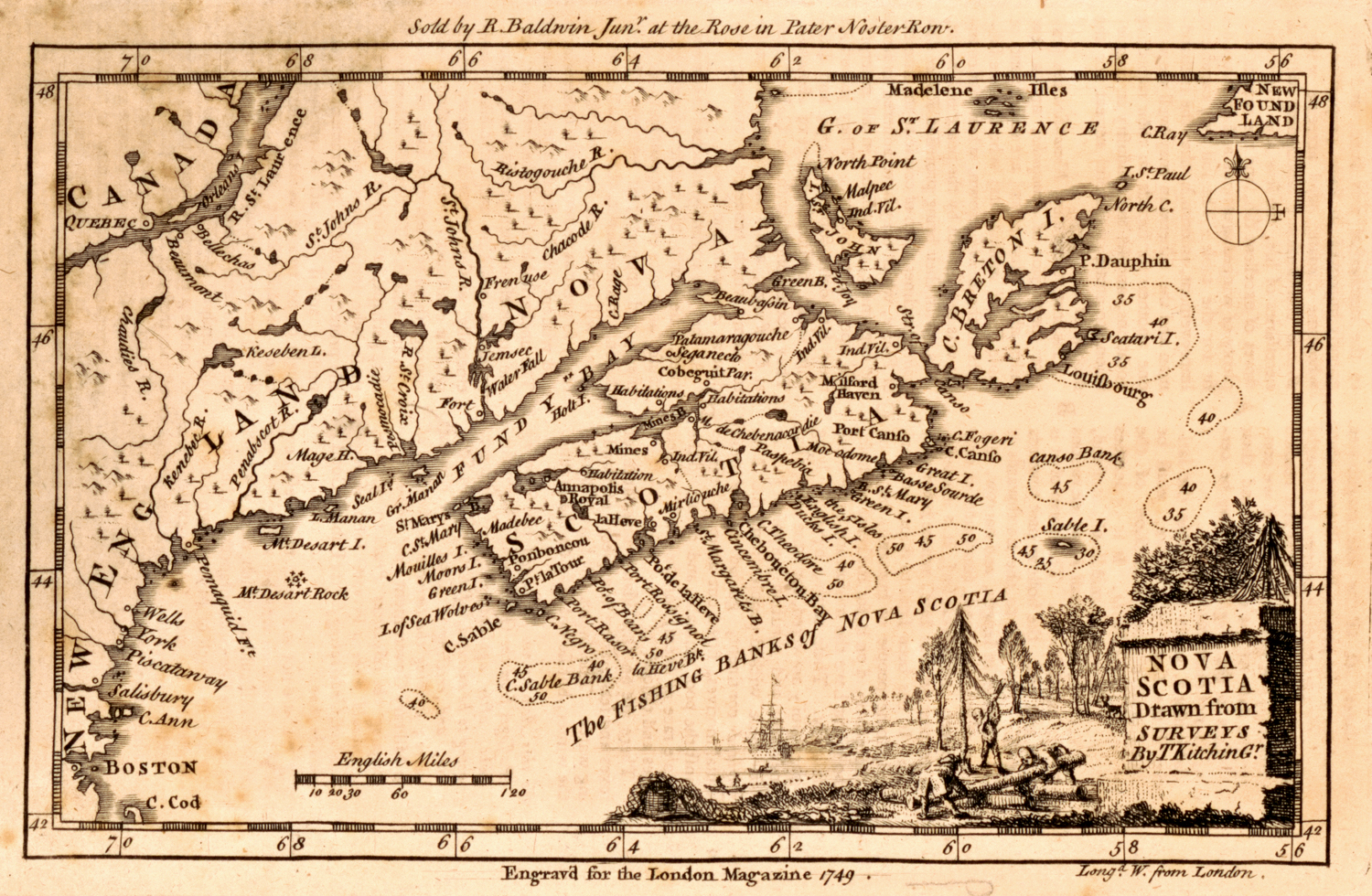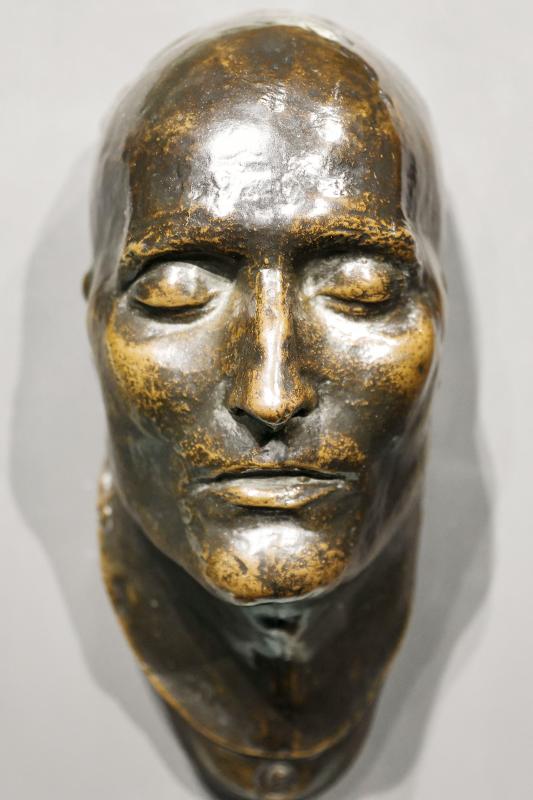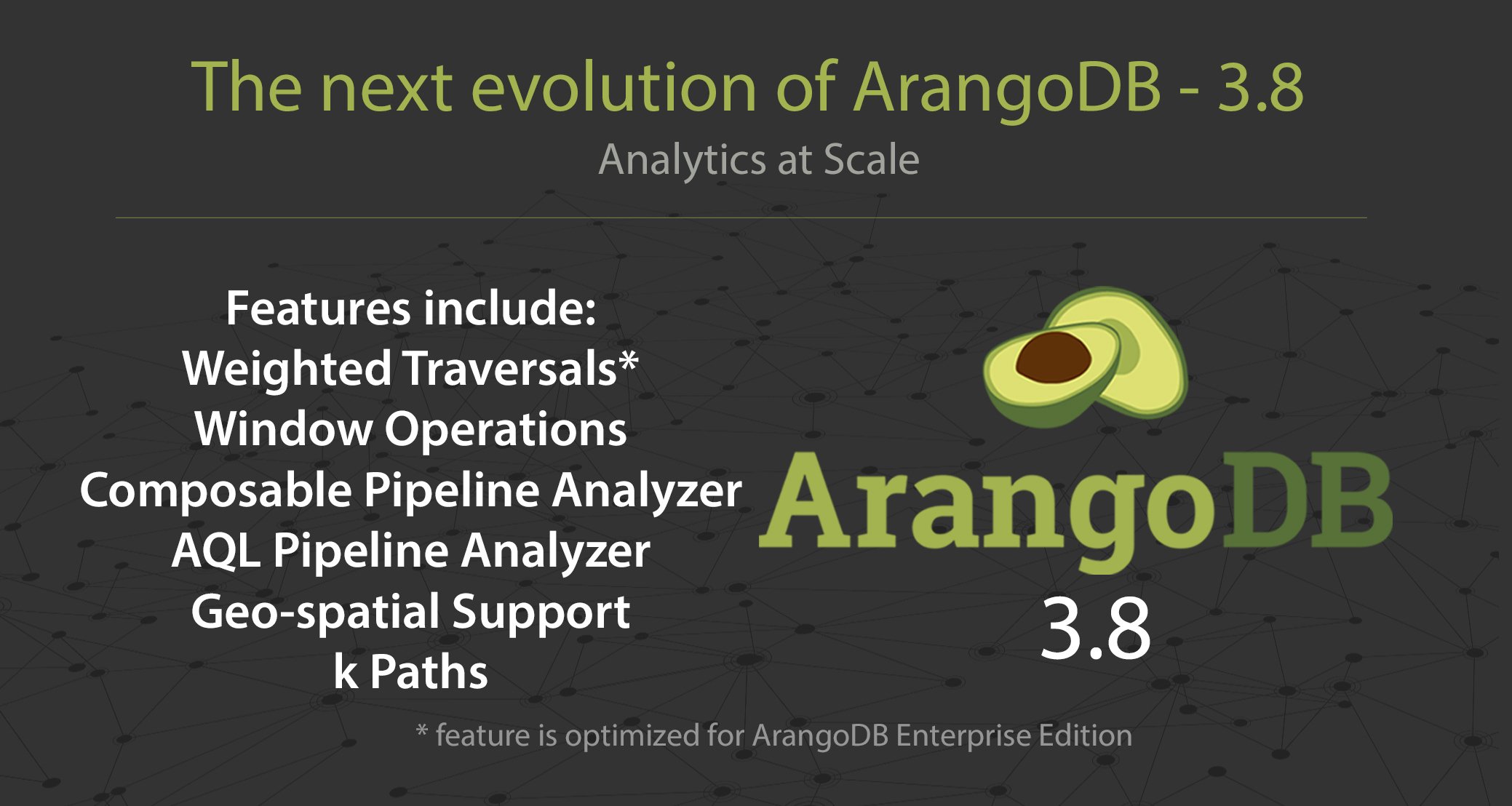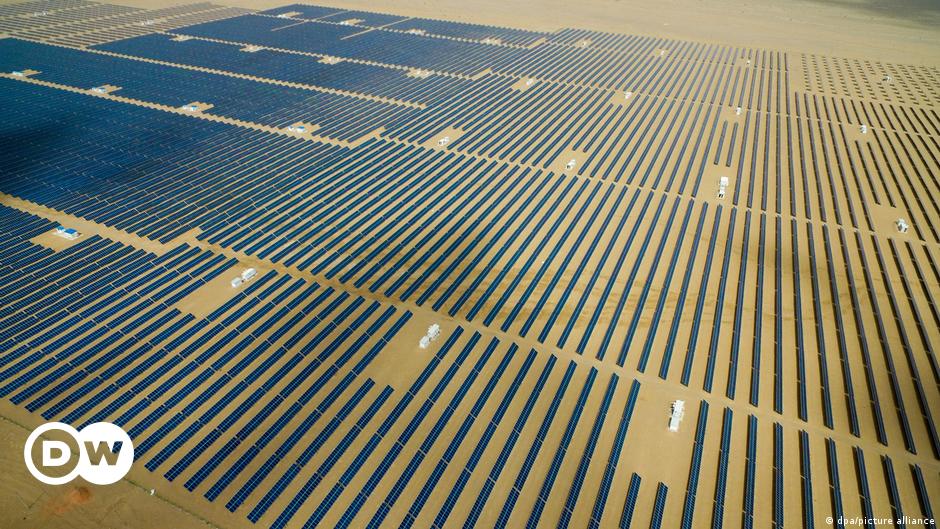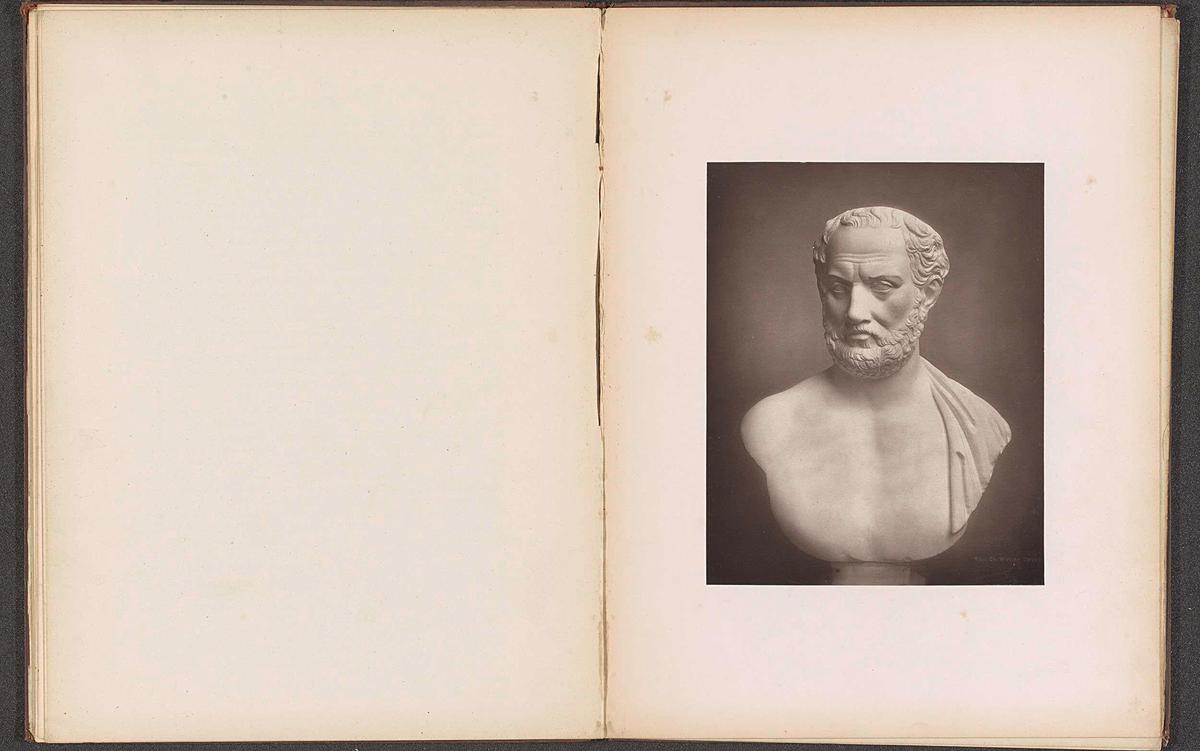
An Oasis in the Desert of the Real: On the Relationship Between Map and Territory
“It is abstraction in its precise, literal sense… complete absence of quality, a differentiation purely by quantity and by applicability to every kind of commodity and service which can occur on the market.” [1]
At first, there was the territory. On a cold, cold night, the man drew a map on the wall of a cave and never stopped working on it. The map was created both to strip out and put into relief elements from the territory. Some elements were stripped out because the territory is such a complex, nebular space; hence, it was important to compress its information. Meanwhile, certain elements were highlighted because the map’s primary function was to be useful.
Over the past century, we have come to better understand the human cognitive process, which has taught us that the dichotomy between the maps and the territory depicted is embedded in our inner nature. Instead of seeing, we perceive. Our brain can build mental pictures from vast uncorrelated arrays of electromagnetic waves in microseconds, sorting through thousands of possible options.
The human brain’s ability to create mental maps for compressing and underscoring elements of the territory, reality itself, is now thought to be a major selective criterion.[2] It is for example at the center of UCI’s cognitive psychologist Donald Hoffman’s interface theory, which assimilates the way our perception works to a computer’s graphic interface.[3] This ability is far from being exclusive to our species. Hoffman found behaviors in jewel beetles suggesting that they rely on internal cognitive heuristics for various tasks, including some necessary to their survival – which make them try to mate with empty beer bottles after mistaking them for females, nearly causing the extinction of their species. The jewel beetle metaphor is sufficiently eloquent to illustrate the maps’ ambiguity.
